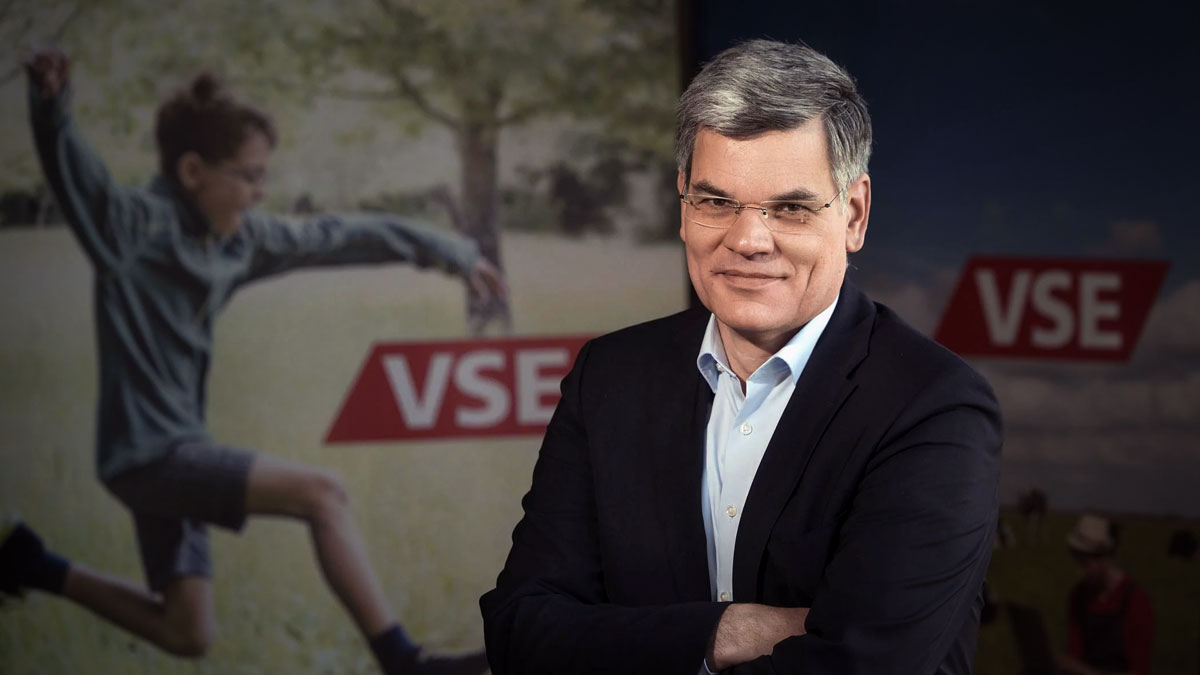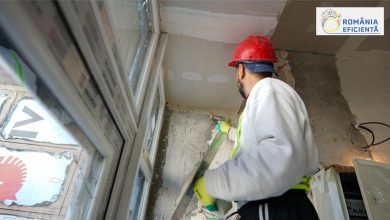Progress of Germany’s H2 Market Depending on Public Funding
The new ‘H2-Bilanz’ (H2 balance) from E.ON shows leverage of subsidies in hydrogen ramp-up. This report also examines, for the first time, the import capacity.
The ramp-up of the hydrogen economy in Germany remains weak. Only the IPCEI funding decisions provide a boost to generation capacity and investment decisions. The share of projects under construction or with an investment decision has risen from around three percent to around nine percent of the production capacity planned by 2030. That figure has increased from 10.1 gigawatts in February 2024 to 11.3 gigawatts. This is shown by the new H2-Bilanz published by E.ON based on data from the Institute of Energy Economics at the University of Cologne (EWI). However, it is unclear whether this trend will continue without further funding programs.
While the German government and the European Union are providing public funding to support the production of hydrogen, rigid rules are preventing the development of a hydrogen market at the same time. At present, progress is mainly visible in the context of subsidies.
“For some industries, switching to hydrogen is the only way to decarbonize. The very narrow and complicated definition of green hydrogen leads to an unnecessary increase in the cost of electricity procurement and thus higher prices for hydrogen. The definition of low-carbon hydrogen does not look any better. For these reasons, there is still a lack of affordable offers for industry − and these are urgently needed for a successful market ramp-up,” Gabriël Clemens, Managing Director of E.ON Hydrogen, stated.
The current electrolysis capacity has also increased since the last update in February: It now stands at 111 megawatts of electrical power, which is around 68 percent more than in the spring. This increase is mainly due to three major commissionings. It can be assumed that the projects will tend to become larger: To date, only electrolysers with an output of up to 20 megawatts are in operation, but now much larger projects already have a final investment decision or are under construction. Therefore, a larger increase in electrolysis capacity can be expected in the future.
For the first time, the EWI has examined the import capacity of hydrogen. According to the core network decision, this will potentially be more than 60 gigawatts by 2032, taking into account planned and existing pipelines. With a utilization rate of 50 percent, up to 2,700 terawatt hours of hydrogen per year could be imported and made available for transit. In addition, up to 100 terawatt hours could be transported by ship in the long term if LNG terminals were repurposed. If these figures are compared with the import needs, the German government’s target would be achievable − with an import share of 50 to 70 percent of the 95 to 130 terawatt hours of hydrogen and hydrogen derivatives required by 2030.
In terms of hydrogen infrastructure, the approval of the core network has brought a significant increase by 2032. The hydrogen core network consists of 9,040 kilometres. In addition, there are planned pipelines of 42 kilometres beyond the core network and existing pipelines of 428 kilometres.
In the field of mobility, it is noticeable that hydrogen-powered fuel cell cars have fallen behind compared to purely electric vehicles. The decision seems to have been made in favour of e-cars. This is shown by a decline in the number of hydrogen cars. In heavy goods transport, however, both drive types are represented and depend on the application. There was a significant increase in hydrogen trucks and tractor units.



